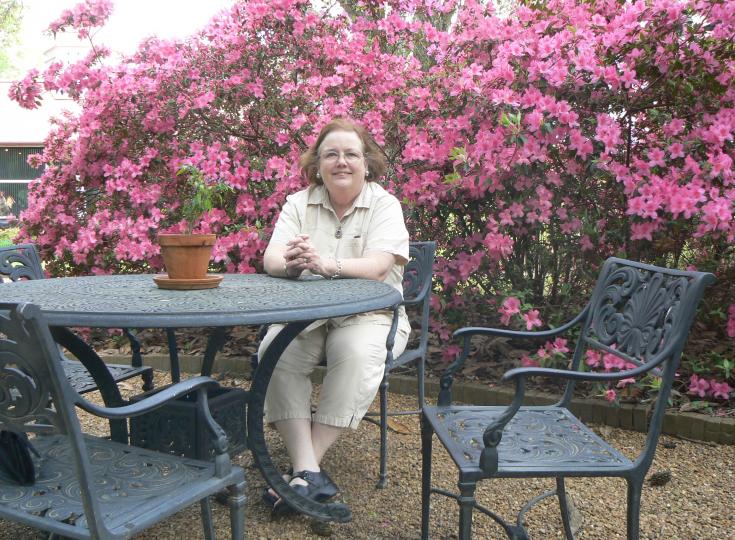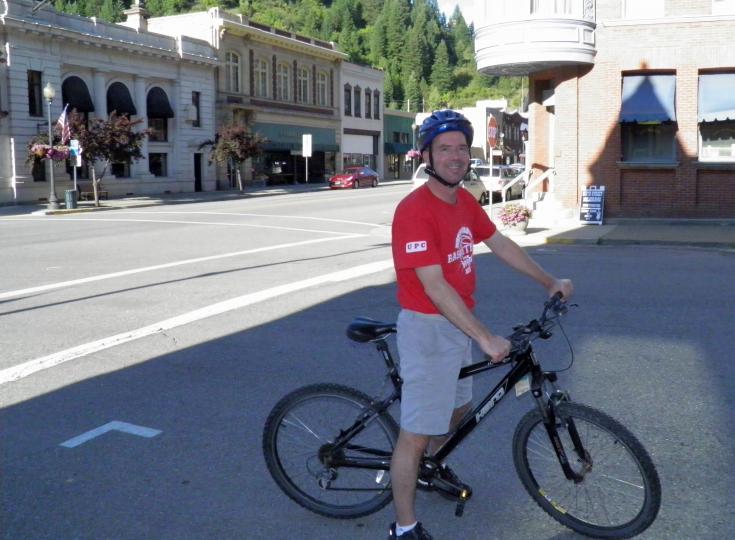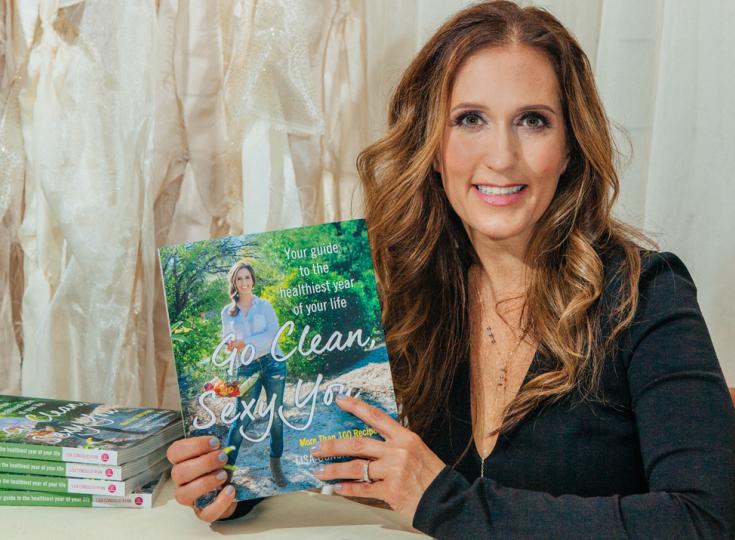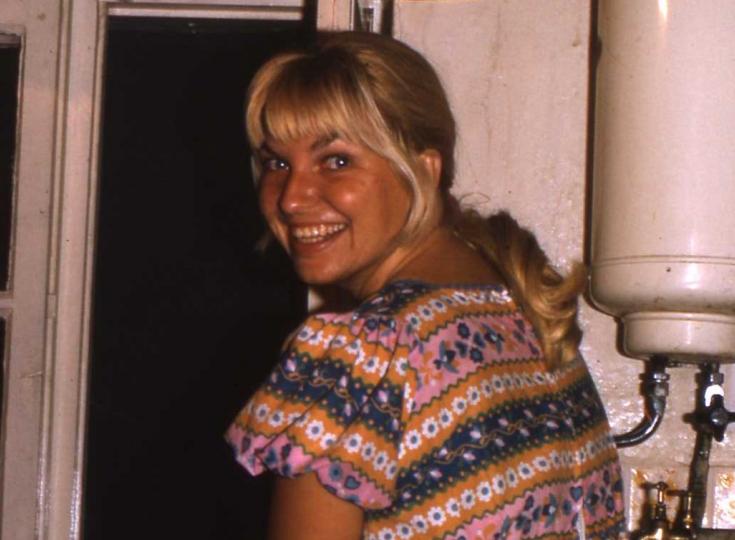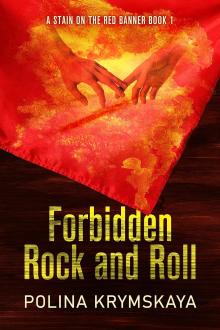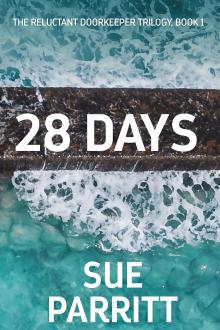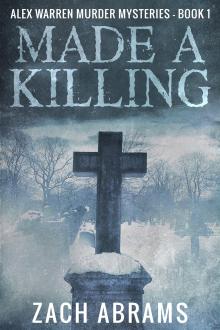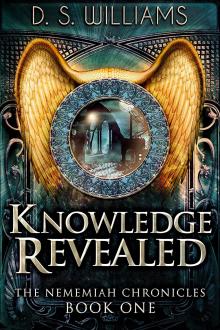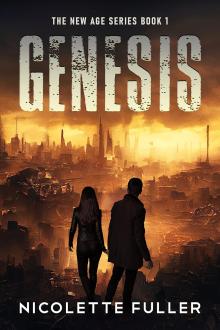Sarah Gerdes - Time Travel, History and Adventure with Heart
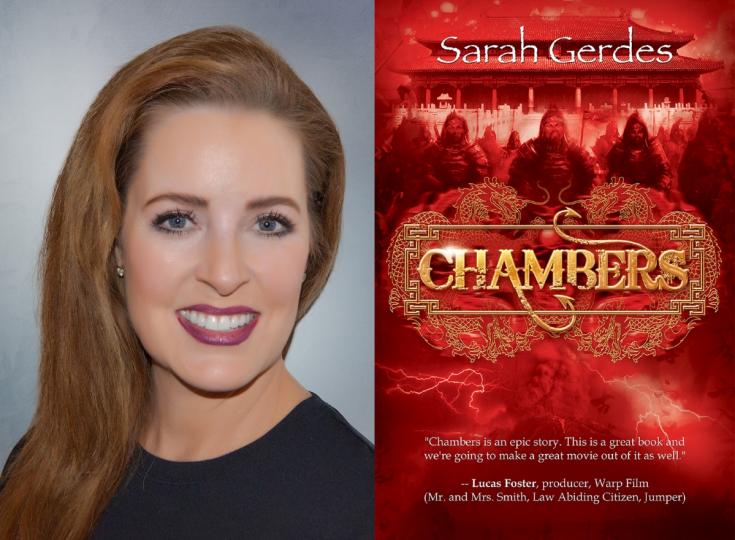
Sarah Gerdes is an award-winning author of thirteen fiction and non-fiction books that have been published in sixteen countries and four languages. Her themes of perseverance, determination, hope and overcoming the odds carry through all genres. Sarah books are considered clean and sexy, with moderate content, appropriate for all ages. She also believes in happy endings. As our Author of the Day, Gerdes tells us about her book: Chambers.
Please give us a short introduction to what Chambers is about.
Chambers is a time-travel, historical, action adventure series, and yes, that’s a mouthful, but it’s what makes the series special. The baseline story is grounded in an ancient legend of the Olmec people who believed a door of evil opens every 52 years. I searched through time, literally, and found periods of wars and contentions around the world in 52 year increments. Building on real characters and events, I wove in the universal themes of good vs. evil, choice and accountability, grief and hope.
Tell us more about Cage and Mia. What makes them so special?
As twins, the two have a bond created in the grief of their mother dying from the actions of their father. Yet as young adults (book 2 starts with them at 18) each experiences stages of anger and rebellion, but first love and loss. They overcome challenges through their wits and sometimes mistakes, as we all do. What I love about the series is that they overlap, ebb and flow in their relationship, consistent to most sibling relationships. And sometimes, the wrong choices results in heartbreaking consequences, but that too, resembles real life.
Why did you pick medieval China as the backdrop to your book? What drew you to that place and time?
This was an incredible period in history with real people who changed the world, literally. A 14 year old Emperor and his wife were ruling as the 3rd Ming Emperors, and were overthrown by the powerful Prince of Yan, how became the 4th Ming Emperor, who burned down the Imperial City and Palace in Nanjing and moved it to Bejing. The General betrayed the young Emperor, resulting in the deaths of thousands. Interestingly, that fact was proven but how who started the fire was never discovered, nor were the bodies of the Emperor and his young wife found. Rumors of escape through the waterways or dying in the fire are the two likeliest theories. Add to this one other incredible person, the young Admiral Zheng He who was proven to have circumvented the globe decades before any other sailor. When I first read about him and wrote the story, I theorized he was destined for greatness. Six years after I wrote the first draft, National Geographic wrote a cover story that confirmed he was in fact, the first person to sail around the world.
Right: Castle in the Czech Republic, also featured in the DG series
Chambers is now also being made into a movie. What has that experience been like so far?
Exciting, frustrating and yet interesting. Initially, working with the producer was a wonderfully creative experience, and it came naturally, because I think “in scenes” anyway. This probably comes from being a movie buff. The frustrating aspect has been the reality that a book such as mine, and series, is extremely expensive. Since the process started and the series option, Netflix has literally changed the financial motivation of the studios and producers. Now, instead of making big-budget, riskier films, the trend is toward installment-like episodes on Netflix and to a degree, other players. Authors such as myself, have some control of this, but I’m with the realities of the business goals of producers, the discussions center on—movie vs installment, Netflix vs. Amazon. All that’s good, but it’s been three years, and the film still hasn’t been made. My (accepted) script is still waiting for all the pieces to come together, because a director will come on board, then have to drop out, the same with an actor…all the while looking at the best venue. In short, I’m still learning but focusing on writing, not the movie side.
Right: In Austria- one setting for Made for Me, contemporary women’s fiction series
Your books include real historical characters - how much research did it require from you to make the history part ring true?
It took six months to find the perfect place and time for the characters and the events to build a strong storyline, and another six to put it all together, but it was worth it. Dozens of books, translated were required to make it authentic. The result was worth it, because I’ve had history teachers ask me to come in and lecture on the details, which I’ve enjoyed. For book two, Chambers: the Spirit Warrior, it was a little less time consuming, because I grew up exploring the lava beds and the Native American lands as a kid when they were open to the public, and offered uninhibited access. Even so, it took nearly a year to figure out how I was going to thread reality and fiction, using real and fictional characters, and not offend living relatives or peoples who will read the book (always a challenge)!

Before becoming an author, you were an internationally recognized expert in the field of creating alliances and keynote speaker at business events. Why did you start writing action adventures?
I had a reluctant reader of a son, and mistakenly thought a good story could encourage him to read more. I failed. He never did take a liking to reading and I continued focusing on business until I became pregnant and had to go on forced bed rest. The travel stopped, but my mind didn’t. It was during those long months that I decided I’d give it another effort. When I had that second book complete, I gave it to a producer with a studio who was a client. It took him three months, but he read it, provided me feedback, challenged me to create a five-book series, and aging up the characters to be 18ish for adult audiences. A year later, I provided him a book, a series outline, and I was invited down to the studio in Los Angeles. What followed was three days of intense strategy and story assessment. At the end, they were satisfied and I had a movie option.
Besides writing, what other secret skills do you have?
None, really. I love cooking, photography and very active outdoors, but I waited a long time to be a mom, and I focus on that first and foremost. Writing occurs when the kids are in school or playing with the chickens.
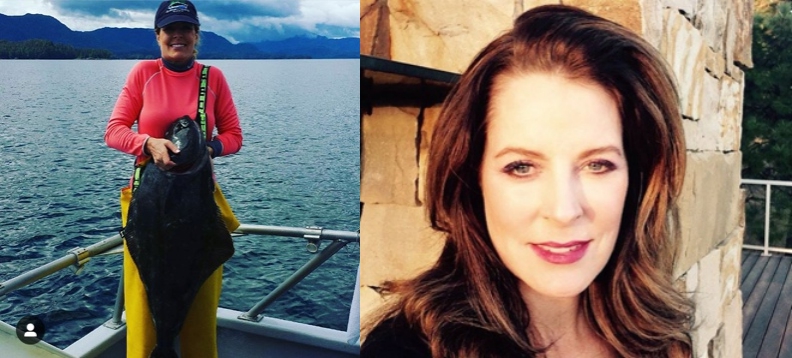
Right: In Zurich, the primary setting for the Danielle Grant series
Did you plan from the start to make this into a series? How do the other books in the series tie in with this one?
When I wrote the first book, it was a passion project for my son, which evolved into something far bigger than I ever expected, so no, I didn’t ‘conceive’ it as anything more than a one-off. That said, my create doors were blown off when I spent those days the movie professionals, because in that world, anything goes. Different planets? Sure. Another universe? Why not. In one hour, they threw out more possibilities than I could ever have imagined. The year prior, when I was challenged to create a 5-book series, that was very hard for me, but it was fun. Then when I made it in the room with the other creative-types, they threw out even more possibilities. For instance, one asked, why not Egypt, for the third book. This hadn’t been on my radar at all, and in my series plan, the third book was going to be in a totally different place. But for certain filming reasons, they asked me to consider Egypt. It took me about five months of research to find a time, location and characters that would work.
The books tie together thematically, but also with the character developing being highly intertwined over the five books. One of the most useful tools I now use from that movie-development experience is the 5-story character and story plot line, which identifies/describes the changes and major events for each character per book. This ensures consistency for the author, but also an understanding for the director, actors and even the make-up artists and other creatives that will be supporting the film. I explain this process in detail in my book on the business of authoring, Author Straight Talk, because I wish I’d had this ten years ago.
What is the best writing advice you’ve received?
Two pieces rise to the top. First is to not listen to others (in the beginning) and write. You can’t escape the hours it takes to develop your craft. The second is ignore the non-professionals. The wanna-be writer friend, the relative or well-intentioned teacher who has an opinion, but it’s not qualified. Fortunately, one of my earliest readers gave me support, but not criticism, which encouraged me to continue. That was invaluable. However, when I returned for feedback on what made a book good, the result were changes in my manuscript which were then contradicted by acquiring editors. It meant I essentially had to re-write a book that probably would have been accepted straight out of the gate had I not listened to friend. In other words, seek out the feedback from those within the industry, who know what it takes for a book to be accepted.
Which of your characters has been the most challenging to write for?
Within the action-adventure genre, my editor continually tells me my bad characters are the best. My nice characters who are well-intentioned are boring, so I would say that’s my weak point. It’s really not my fault though; bad characters give incredible motivation and plot pacing, so they are fun.
What is your favorite motivational phrase?
No one determines your success but you.
Talk to us about your writing routine; what’s a typical writing day for you?
I will write when the kids are at school, between 9-3 pm, sometimes with a break, around noon. I will pick up around 6 pm or later, depending on the day. Years ago, I recall reading a line from John Grisham, who said he always has three books in some stage of development. At the time, I thought it was crazy and daunting, but now I get it, and I will say that’s true with me. One book will be editing, another in writing, and I’ll be planning out a third. I really like it, because when I’m burned out on writing, I can switch to reviewing the comments from the editor, or the fun part of looking through the marketing aspects, like the book cover. The key is to keep fresh, and diversity accomplishes that.
What are you working on right now?
Chambers: the Spirit Warrior is due out in January, and the first book in the Incarnation series will be out early 2019. That’s a three book series, also in the action-adventure genre, but focusing on DNA manipulation set in the not to distant future. I’m also wrapping up the third and final book in the Danielle Grant series, which is in the contemporary women’s fiction genre.
Where can our readers discover more of your work or interact with you?
Youtube and Instagram are my favorite ways to interact with my audience. On Youtube, I’ve put up quite a bit of content, including a 10-episode series cover the chapters from Author Straight Talk, and in another playlist is a complete, author-read unabridged version of Made for Me, the first book in the Danielle Grant series. This December, I’ve also launched Life with Sarah, featured videos on four aspects of an authors life, starting with the recipes I feature in my women’s fiction book. That way, views can read along with me by my fireplace, or cook in my kitchen. It’s been a blast to engage with people on a human level, doing the things we have in common.
